Intervista esclusiva a Carlos Rafael Rivera
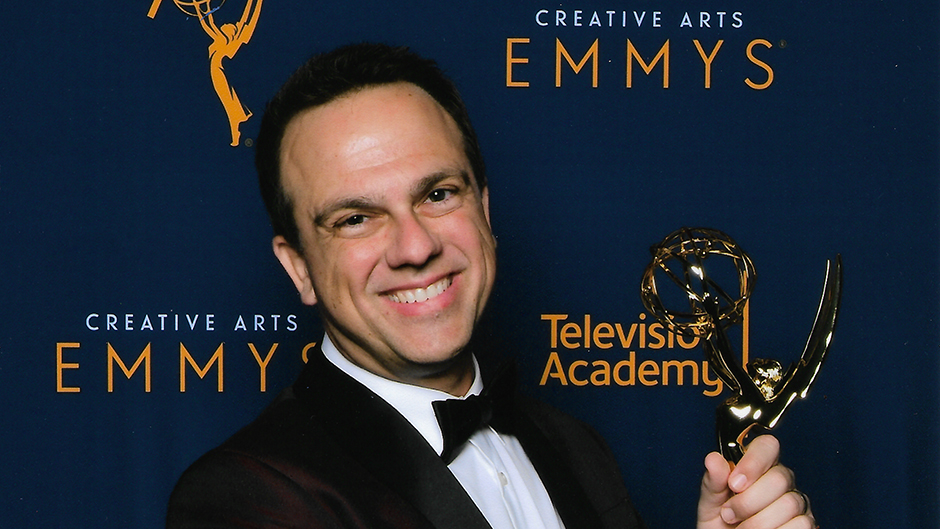
Una musica multiculturale e multiespressiva: Intervista esclusiva a Carlos Rafael Rivera
Se avete amato la miniserie di successo La regina degli scacchi sapete chi è Carlos Rafael Rivera. Colui che ha prestato le sue grandi doti compositive al serial Netflix con Anya Taylor-Joy e da lì in avanti una sequela di premi, candidature e nuove serie in curriculum, sempre dall’enorme appeal e dalle poderose e intimiste arcate sinfoniche, intelligentemente concepite da questo giovane talentuosissimo compositore che vive a Miami in Florida, dove tra l’altro è presidente e professore associato presso la Frost School of Music dell’Università di Miami in Media Scoring and Production. E’ stato allievo del notissimo compositore, pianista e cantautore Randy Newman (Ragtime, Il migliore, il ciclo di film Pixar Toy Story). Lo abbiamo raggiunto per mail, facendoci raccontare la sua carriera iniziata nell’ambito della musica applicata alle immagini nel 2014 con Scott Frank, autore e regista della succitata acclamata successiva miniserie La regina degli scacchi.
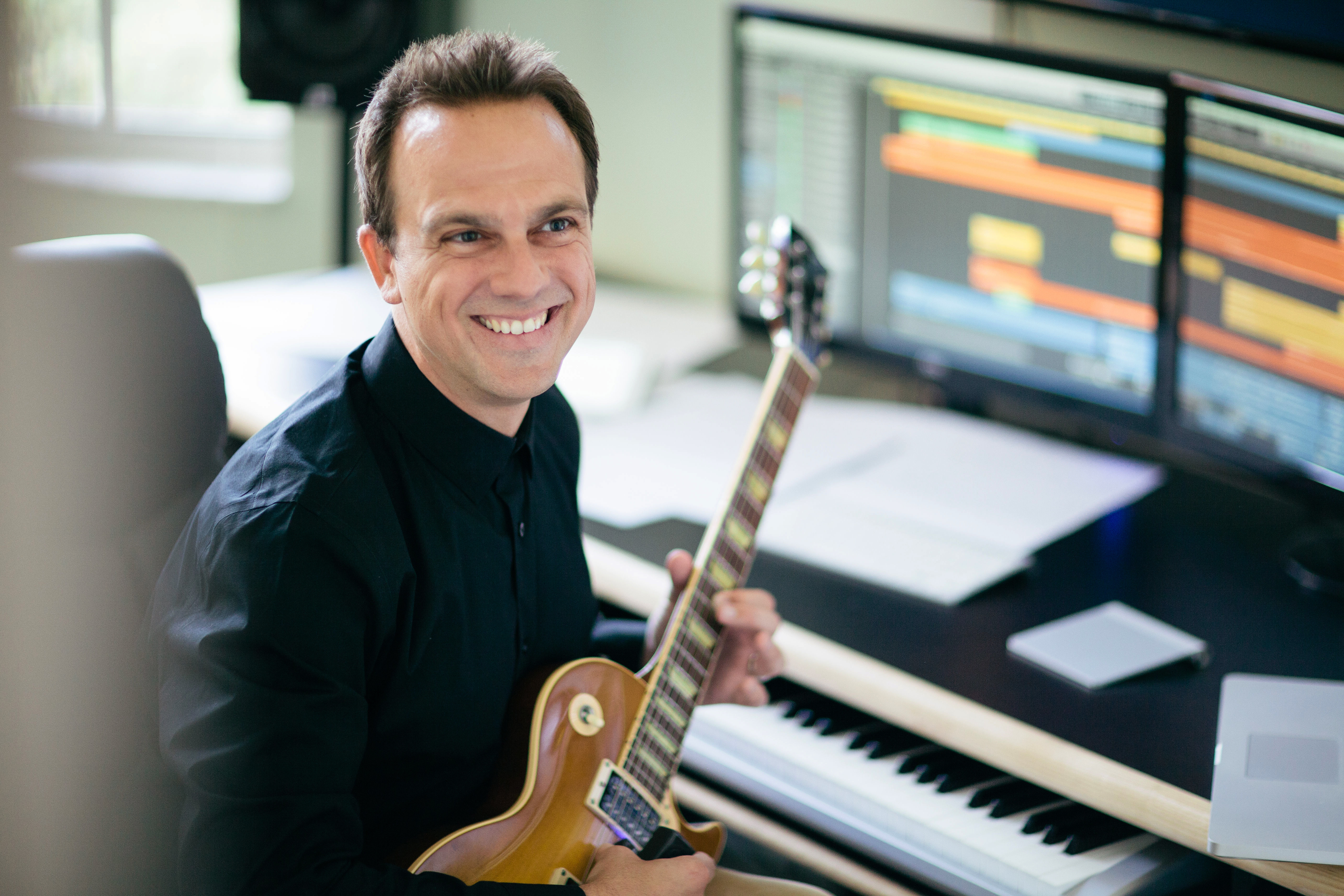
Colonne Sonore: A che punto è entrata nella tua vita la Musica? E quando ti sei reso conto che desideravi farne un lavoro e soprattutto scrivere musica per immagini?
Carlos Rafael Rivera: Ho vissuto un’educazione diversificata a causa dei frequenti trasferimenti della mia famiglia dagli Stati Uniti in vari paesi dell’America Centrale. Mio padre, di origine cubana, aveva una bellissima voce e un profondo amore per la musica, cantava spesso tutto il giorno ovunque fossimo. Questa passione per la musica risuonava profondamente in me, anche se inizialmente non abbracciavo la sua preferenza per il mambo o il bolero. La sua voce è diventata una parte vitale della colonna sonora della mia infanzia e, infine, un’influenza significativa sulla mia musica. La mia esposizione a varie culture e ambienti durante questi anni probabilmente ha giocato un ruolo cruciale nel plasmare il mio stile musicale, che è caratterizzato dalla sua diversità e capacità di fondere generi ed elementi culturali diversi. Il lavoro in sé, sebbene fosse una fantasia infantile, non è mai diventato evidente o addirittura sembrato possibile fino a quando avevo circa 40 anni, quando Scott Frank, che all’epoca era mio studente di chitarra, mi chiese di scrivere la musica per una sceneggiatura a cui stava lavorando. Quella è stata una porta che mi ha aperto.
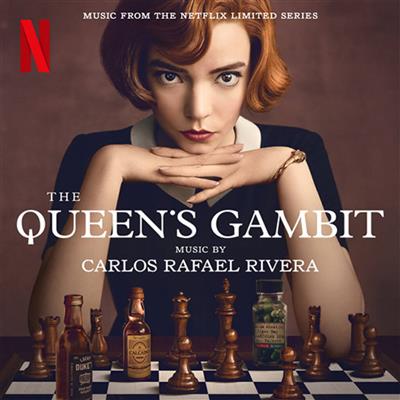
CS: Con lo score della serie TV La regina degli scacchi (The Queen’s Gambit) del 2020 hai raggiunto una notorietà incredibile nel panorama della musica applicata alle immagini e tra i fan delle colonne sonore. Hai ottenuto diverse nomination e vari riconoscimenti: un Emmy, un Grammy, due International Film Music Critics Award (IFMCA), di cui sono membro votante da molti anni, un Hollywood Music in Media Award (HMMA), un GoldSpirit Awards e un Society of Composers and Lyricists Awards. Tutti premi tra i più importanti nel settore cine-televisivo-musicale. Tutto questo meritato clamore intorno al tuo lavoro per la strepitosa serie con Anya Taylor-Joy come lo hai vissuto e ha mutato qualcosa nel tuo modo di lavorare per le immagini?
CRR: Ciò non ha cambiato il mio approccio, ma mi ha aperto molte più opportunità che altrimenti non avrei avuto. Inizialmente, prima che uscisse The Queen’s Gambit, credevo che la serie avesse il potenziale per essere apprezzata dalla comunità degli scacchi, ma non molto di più. Tuttavia, guardando i quotidiani, sono rimasto molto colpito dalla performance di Anya, e speravo che avrebbe trovato più opportunità di recitazione. Non mi è mai passato per la mente che questo sarebbe stato il suo veicolo per creare una star, ma al massimo un passo verso la celebrità. Il nostro ambito è piuttosto limitato poiché tutto ciò che cerco di fare in un lavoro è aiutare il regista a raccontare la migliore versione possibile della sua storia.
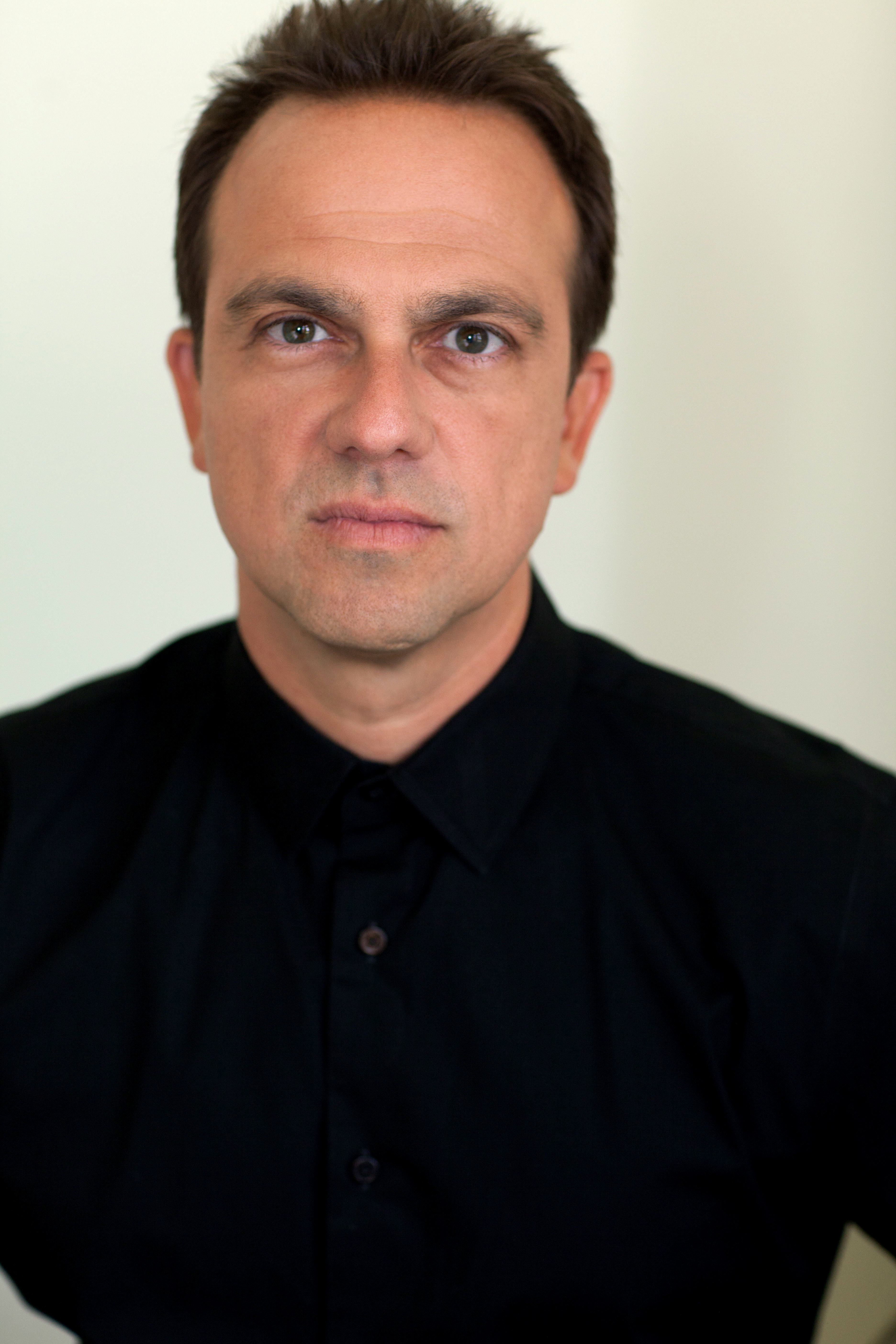
CS: Questo uno stralcio della mia recensione alla tua partitura per La regina degli scacchi (The Queen’s Gambit): <<…architetture sinfoniche alla James Horner e alla James Newton Howard: un leitmotiv dal florilegio neoclassico dall’inspiegabile bellezza. […] Trentotto tracce per un totale di un’ora e mezza di commento sonoro che sa come farsi apprezzare, con quell’enfasi giusta che inebria ad ogni ascolto, portando a scovare quei dettagli timbrici ed armonici che solo veterani quali il compianto Horner e Alexandre Desplat sanno cesellare: prova ne sono pezzi di bravura quali “Playing Townes”, “Mexico City Invitational 1966” e il lungo e appassionante “The Final Game”>>. Da quale spunto musicale o scambio di idee con il regista e ideatore della serie Scott Frank (insieme ad Allan Scott) sei giunto alla creazione di questa score così incisiva ed emozionante fuori e dentro le immagini?
CRR: Innanzitutto... GRAZIE per le gentilissime parole! La musica è stata davvero portata avanti dalla costante spinta di Scott Frank verso il tono giusto. Ci è voluto molto tempo per trovarlo e Scott è stato molto paziente con me. Per questo gli sono immensamente grato. Attraverso questa sfida, ho iniziato a vedere schemi e potenziali livelli/archi nella narrazione che potevano essere integrati attraverso la musica, e sono stato in grado di svilupparli. Il fatto che la colonna sonora funzioni fuori dall’immagine è una benedizione, poiché il mio unico scopo è aiutare a raccontare la storia.
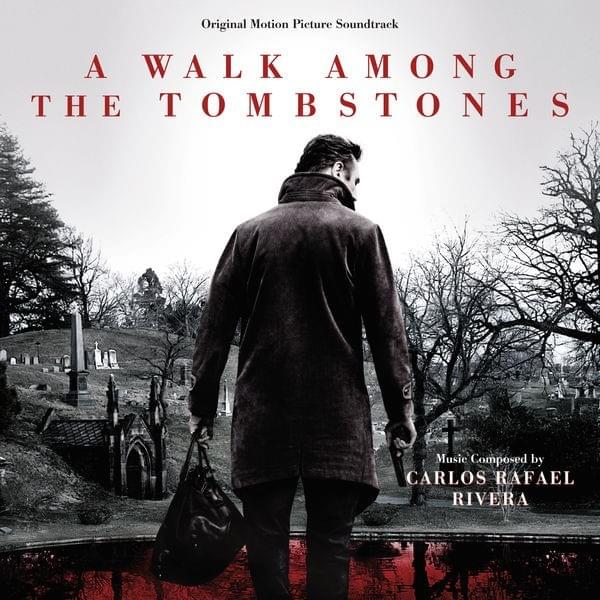
CS: Proprio con Scott Frank hai fatto il tuo esordio nella musica per film con la pellicola poliziesca d’azione La preda perfetta (A Walk Among the Tombstones) del 2014 con Liam Neeson interprete principale. Cosa rammenti di questa tua prima partitura e come ti sei conosciuto con il regista Frank?
CRR: Come accennato in precedenza, il mio viaggio nella musica da film e l’incontro con Scott Frank si sono intrecciati e hanno segnato un capitolo significativo nella mia carriera. Mi sono messo in contatto per la prima volta con Scott Frank perché avevo pubblicato un volantino che offriva lezioni private di chitarra all’Old Town Music di Pasadena. Scott ha trovato il mio nome lì e mi ha contattato via e-mail, inizialmente cercando lezioni di chitarra. Questa connessione alla fine ha portato a un rapporto professionale più profondo. Fu solo dopo quasi 10 anni da quando cominciammo le lezioni che mi si presentò la possibilità di comporre la colonna sonora di A Walk Among the Tombstones, che fu per me un’esperienza straordinaria e formativa. È stata la mia prima grande incursione nel mondo delle colonne sonore, presentando sia sfide che opportunità. Una delle sfide più impegnative è stata il programma serrato, poiché dovevo fornire circa 40 minuti di musica in un breve lasso di tempo. Questa pressione ha davvero messo alla prova le mie capacità e mi ha spinto a esplorare nuovi confini creativi. L’esperienza di lavorare a stretto contatto con Scott, comprendere la sua visione del film e tradurla in musica è stata inestimabile. Ha gettato le basi per le nostre future collaborazioni.
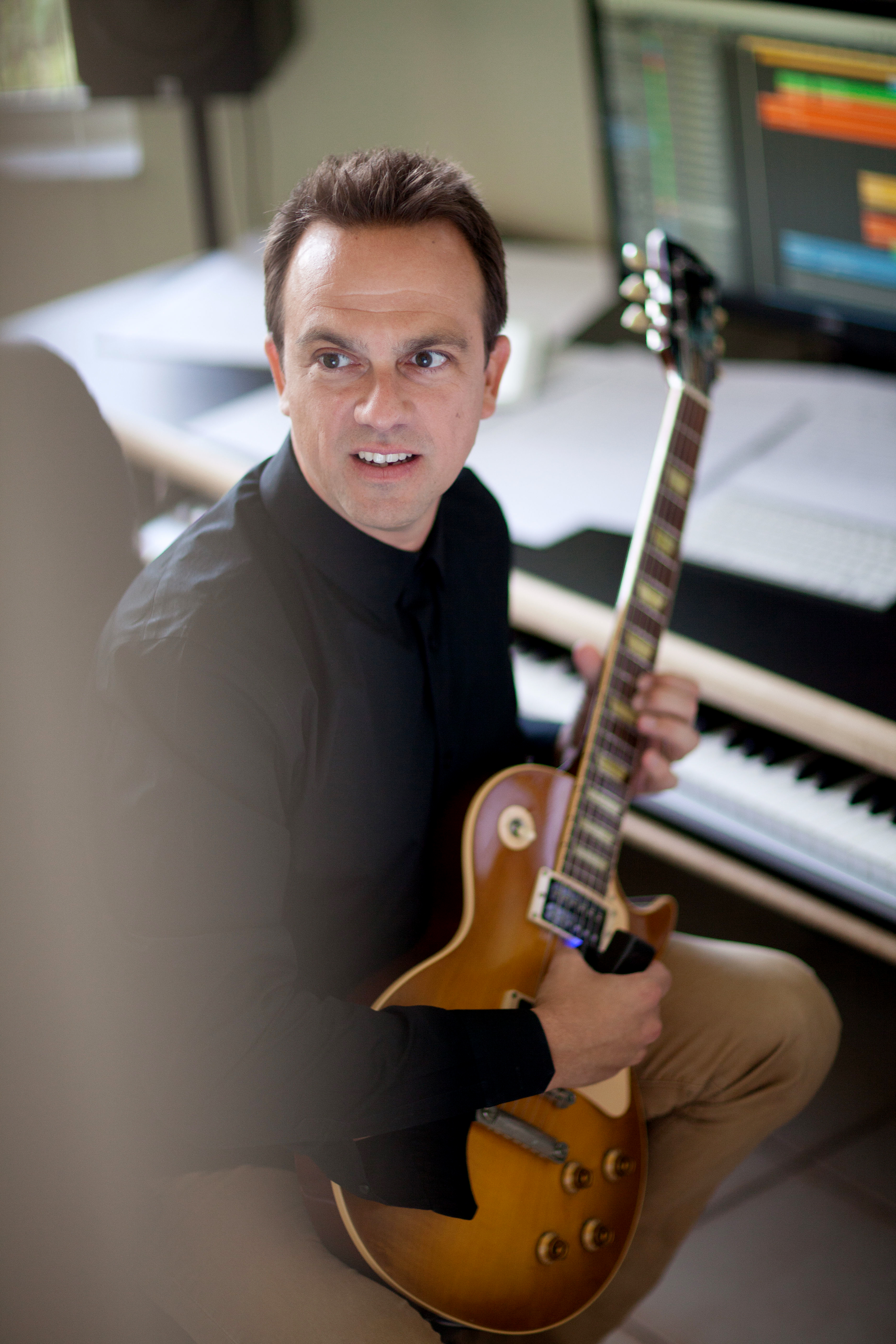
CS: Se dovessi spiegare nettamente in cosa consiste la tua cifra stilistica compositiva, come la descriveresti? E qual è la colonna sonora che meglio raffigura il tuo stile tra quelle fin d’ora composte?
CRR: Sento che l’approccio musicale è stilisticamente sfaccettato, ma con un’ossessione per la melodia, quando consentito. Mi sento a mio agio anche a scrivere per orchestra e amo incorporarla nel mio lavoro. Personalmente non ho una colonna sonora preferita, ma sembra che The Queen’s Gambit sia la più popolare, e sono davvero felice che QUALSIASI colonna sonora venga ascoltata.
CS: Un’altra serie che ti ha dato soddisfazioni e due premi (un Emmy e un Hollywood Music in Media Award) si chiama Godless del 2018, sempre ad opera di Scott Frank. Un western molto al femminile, con Jack O’ Connell, Michelle Dockery e Jeff Daniels. Gli stilemi di scrittura sono in parte quelli tradizionali folk della Grande Frontiera e in parte alcune aperture orchestrali evocative o meditative con pagine d’azione concitate dai tratti moderni. Quanto ti piace mescolare i generi sonori all’interno di una tua partitura? Fai riferimento a qualche tuo genere musicale o compositore che hai ascoltato o studiato negli anni della tua formazione?
CRR: Credo che scrivere sia ricerca. Quando mi imbarco in un nuovo progetto, passo molto tempo a guardare/ascoltare film/colonne sonore simili al genere con cui sto lavorando, per vedere se ci sono fili che li collegano e cosa rende ciascuno particolarmente unico/memorabile.
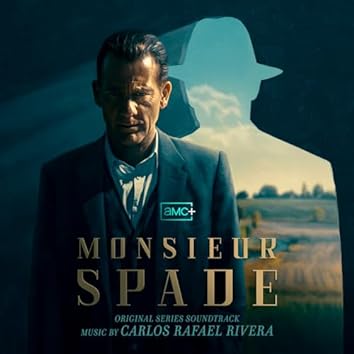
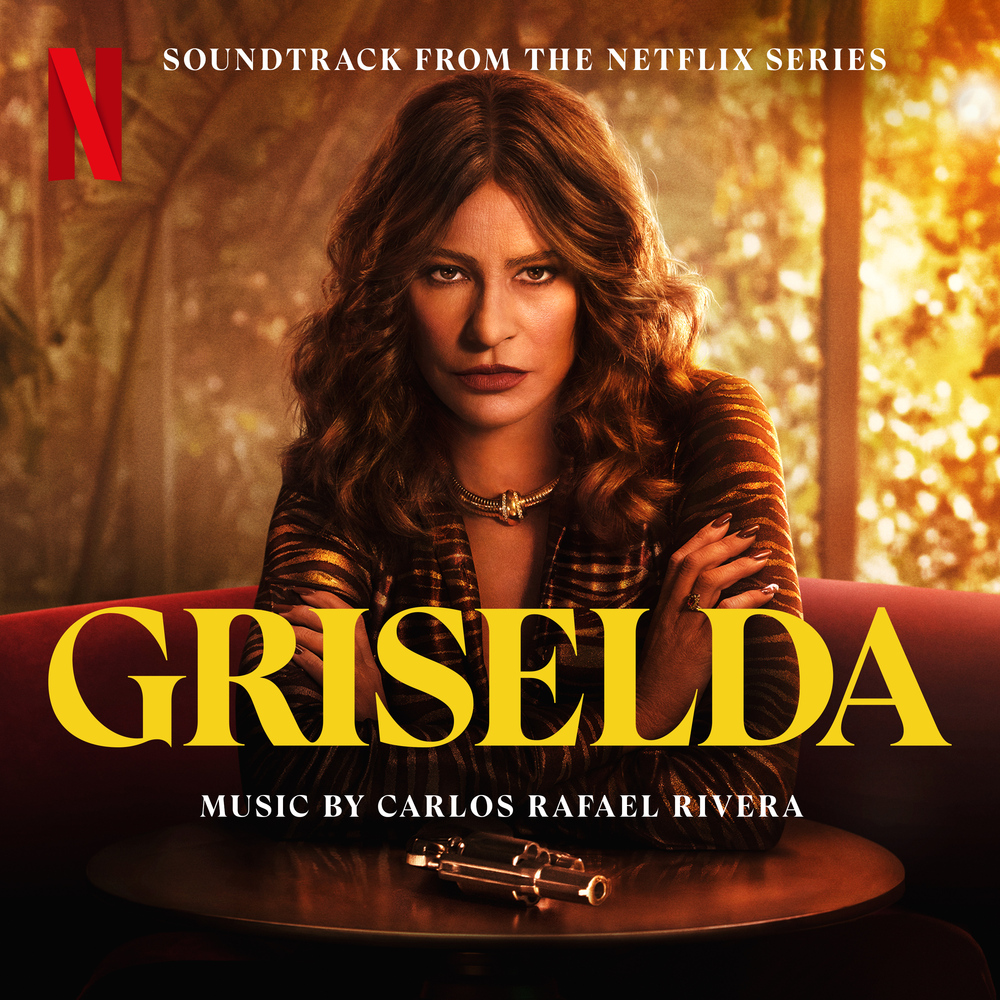
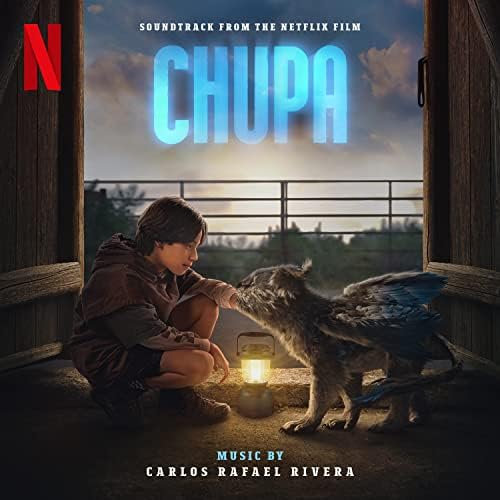
CS: In carnet hai più serialità e meno cinema, tra cui i tuoi ottimi contributi alla serie fantasy horror commedia, targata Disney, Just Beyond (2021) (una sorta di nuova Ai confini della realtà), la poliziesca La regina del sud (La reina del sur, 2022), il dramma con Brie Larson Lessons in Chemistry (2023) e da poco il thriller poliziesco con Clive Owen Monsieur Spade, con un tema portante per tromba solista alla Chinatown o L.A. Confidential di Jerry Goldsmith o The Black Dahlia di Mark Isham, con intromissioni folk alla Ry Cooder. Non ultima Griselda la serie biopic poliziesca con Sofia Vergara, sulla vita di Griselda Blanco, una madre devota che ha creato uno dei cartelli più redditizi nella storia del traffico di droga. Secondo te vi sono palesi differenze nel comporre per un film piuttosto che per la serialità, a parte la mole di temi e musica da scrivere?
CRR: Semmai, le differenze tra serie limitate e film risiedono nella quantità di narrazione che c’è da realizzare. Ogni progetto per me è un film. In alcuni casi, come in Chupa, o in Ezra, è una storia di 2 ore. In altri, come in Griselda, è una storia di 6 ore. Ma le sfide rimangono le stesse ovunque.
CS: Che ricordi possiedi dell’esperienza compositiva sul film con Robert De Niro Ezra del 2023?
CRR: È stata una grande esperienza, dove la sfida di trovare il tono musicale da scrivere ha richiesto del tempo. Quando si ha questo tipo di storia, si può cadere nella musica melodrammatica, che verrebbe percepita come prepotente. L’idea che sembrava funzionare era quella di partire dal punto di vista dei nostri protagonisti, come se fossimo nella testa di Ezra, cercando di capirlo. E per usare un eufemismo, realizzare la colonna sonora di un film con Robert De Niro è stato un sogno diventato realtà!
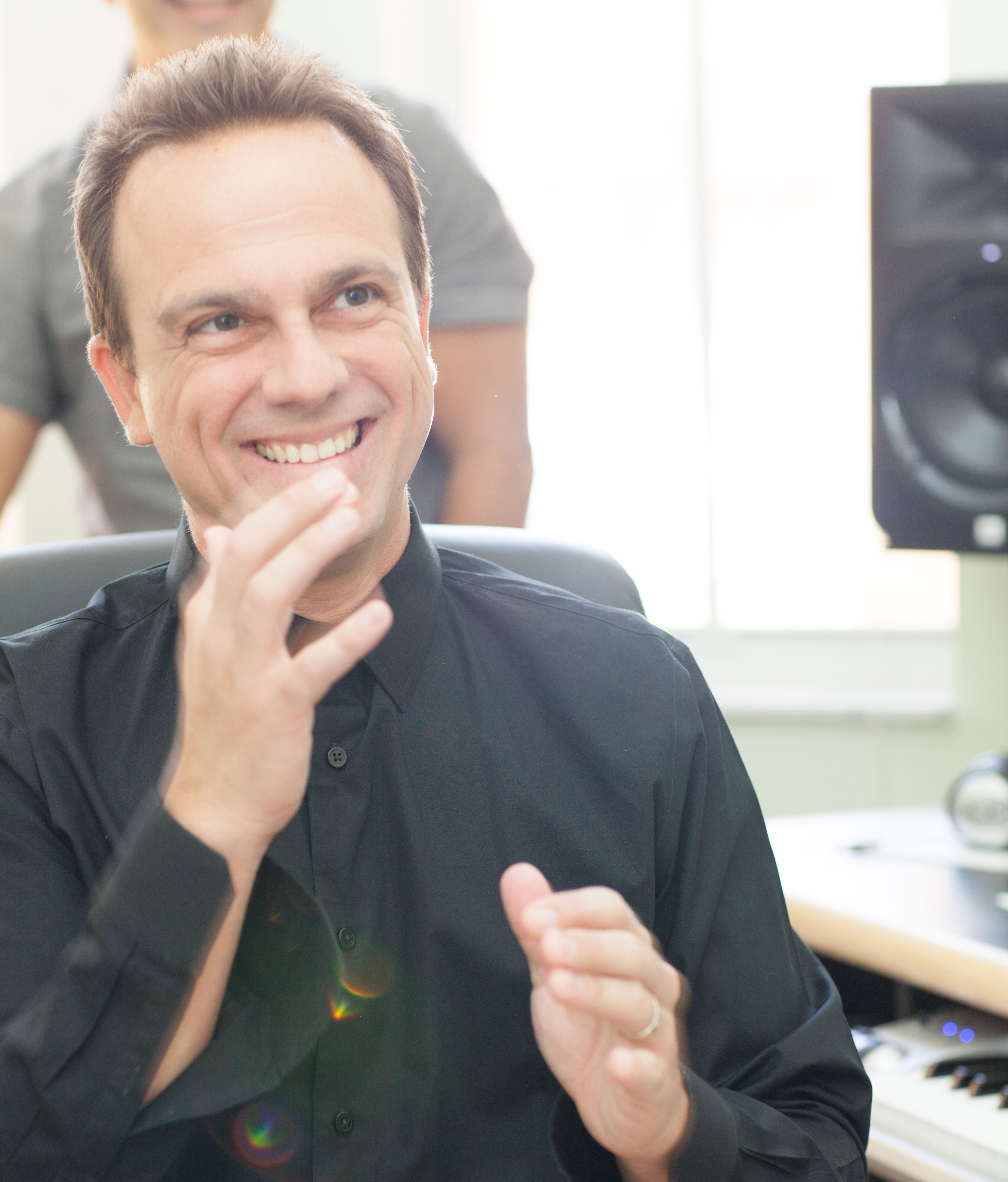
CS: Cos’è per te la Musica per Immagini?
CRR: Credo che sia un aiuto alla narrazione che ha un mestiere che deve essere studiato per favorire nel trasmettere la visione del regista. Lo studio implica soprattutto che il musicista debba imparare la lingua del regista. È il suo linguaggio al di fuori della musica, e spetta a noi compositori raggiungere e colmare il divario per comunicare meglio con il regista e aiutarlo a raccontare una storia migliore.
Uno speciale ringraziamento al Maestro Carlos Rafael Rivera per la disponibilità e simpatia e a Kyrie Hood della White Bear PR per aver fatto da tramite.
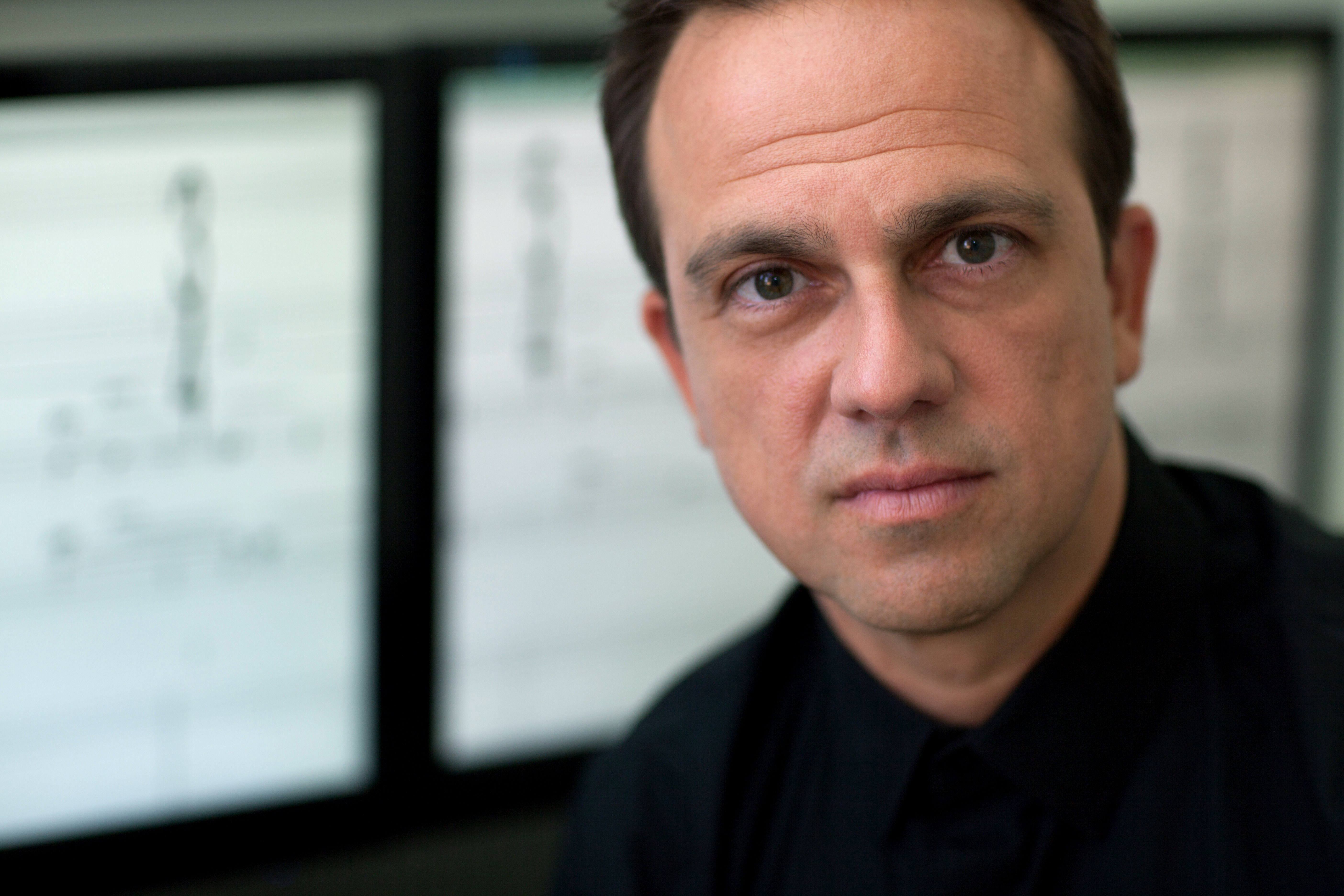
English Version:
Colonne Sonore: At what point did music enter your life? And when did you realize that you wanted to make it a job and above all to write music for images?
Carlos Rafael Rivera: I experienced a diverse upbringing due to my family's frequent relocations from the US across various countries in Central America. My dad, of Cuban descent, had a beautiful singing voice and a deep love for music, often singing throughout the day anywhere we were. This passion for music deeply resonated with me, even though I did not initially embrace his preference for Mambos or Boleros. His voice became a vital part of my childhood's soundtrack, and eventually a significant influence on my own music.
My exposure to various cultures and environments during these years likely played a crucial role in shaping my musical style, which is characterized by its diversity and ability to blend different genres and cultural elements.
The job itself, although a childhood fantasy, never became apparent or even seem possible until I was around 40 years old, when Scott Frank, who was my guitar student at the time, asked me to write music for a screenplay he was working on. That was a door he opened for me.
CS: With the score of the 2020 TV series The Queen's Gambit you achieved incredible notoriety in the panorama of music applied to images and among fans of soundtracks. You have obtained several nominations and various recognitions: an Emmy, a Grammy, two International Film Music Critics Awards (IFMCA), of which I have been a voting member for many years, a Hollywood Music in Media Award (HMMA), a GoldSpirit Awards and a Society of Composers and Lyricists Awards. All awards are among the most important in the film, television and music sector. How did you experience all this well-deserved hype around your work for the amazing series with Anya Taylor-Joy and has it changed anything in your way of working with images?
CRR: It did not change my approach, but opened so many more opportunities that I otherwise would not have had. Initially, before The Queen's Gambit was released, I believed the show had potential to be appreciated by the Chess community, but not much more. However, watching the dailies, I was very impressed with Anya's performance, and was hopeful she would find more acting opportunities. Never did it cross my mind that this would be her star making vehicle, but at most a step towards stardom. Our purview is quite limited as all I am attempting to do on a job is help the director tell the best possible version of their story.
CS: This is an excerpt from my review of your score for The Queen's Gambit: <<...symphonic architectures like James Horner and James Newton Howard: a leitmotif from the neoclassical anthology of inexplicable beauty. [...] Thirty-eight tracks for a total of an hour and a half of sound commentary that knows how to make itself appreciated, with that right emphasis that inebriates with every listen, leading to the discovery of those timbral and harmonic details that only veterans such as the late Horner and Alexandre Desplat knows how to chisel: proof of this are bravura pieces such as "Playing Townes", "Mexico City Invitational 1966" and the long and exciting "The Final Game">>. From what musical inspiration or exchange of ideas with the director and creator of the series Scott Frank (together with Allan Scott) did you come to create this score that is so incisive and exciting inside and outside the images?
CRR: First of all... THANK YOU for the very very kind words! The music was really brought forward by Scott Frank's constant pushing toward the right tone. It took a very long time to find it, and Scott was very patient with me. For that I am tremendously grateful. Through this challenge, I began to see patterns and potential layers/arcs in the storytelling that could be complemented through music, and was able to develop them. The fact that the soundtrack works outside the picture, is a blessing, as my only aim is to help tell the story.
CS: It was with Scott Frank that you made your debut in film music with the 2014 action detective film A Walk Among the Tombstones with Liam Neeson in the lead role. What do you remember about this first score of yours and how did you meet director Frank?
CRR: As mentioned above, my journey into film music and meeting Scott Frank were intertwined and marked a significant chapter in my career.I first connected with Scott Frank as I had posted a flyer offering private guitar lessons at Old Town Music in Pasadena. Scott found my name there and reached out to me via email, initially seeking guitar lessons. This connection eventually led to a deeper professional relationship. It was not until nearly 10 years since we began lessons that the chance to score A Walk Among the Tombstones came about, which was a remarkable and formative experience for me. It was my first major foray into film scoring, presenting both challenges and opportunities. One of the unique challenges was the tight schedule, as I had to deliver about 40 minutes of music within a short timeframe. This pressure really tested my abilities and pushed me to explore new creative boundaries. The experience of working closely with Scott, understanding his vision for the film, and translating that into music was invaluable. It set the foundation for our future collaborations.
CS: If you had to clearly explain what your compositional style consists of, how would you describe it? And what is the soundtrack that best represents your style among those composed so far?
CRR: I do feel the musical approach is stylistically multi-faceted, but with an obsession for melody, when allowed. I also feel comfortable writing for the orchestra, and love to incorporate it in my work. I do not have a personally preferred soundtrack, but it seems like The Queen's Gambit is the most popular, and I am truly happy that ANY soundtrack is listened to.
CS: Another series that gave you satisfaction and two awards (an Emmy and a Hollywood Music in Media Award) is called Godless from 2018, again by Scott Frank. A very female western, with Jack O' Connell, Michelle Dockery and Jeff Daniels. The writing styles are partly the traditional folk ones of the Great Frontier and partly some evocative or meditative orchestral openings with excited action pages with modern features. How much do you like mixing sound genres within your score? Do you refer to any of your musical genres or composers that you listened to or studied during your formative years?
CRR: I believe that writing is research. Upon embarking on a new project, I spend a large amount of time watching/listening movies/scores that are similar of the genre I am working with, to see if there are threads that connect them, and what makes each one particularly unique/memorable.
CS: In the carnet you have more serials and less cinema, including your excellent contributions to the fantasy horror comedy series, by Disney, Just Beyond (2021) (a sort of new The Twilight Zone), the crime drama The Queen of the South (The reina del sur, 2022), the drama with Brie Larson Lessons in Chemistry (2023) and recently the crime thriller with Clive Owen Monsieur Spade, with a main theme for solo trumpet à la Chinatown or L.A. Confidential by Jerry Goldsmith or The Black Dahlia by Mark Isham, with folk intrusions like Ry Cooder. Last but not least Griselda, the detective biopic series with Sofia Vergara, about the life of Griselda Blanco, a devoted mother who created one of the most profitable cartels in the history of drug trafficking. In your opinion, are there obvious differences in composing for a film rather than for a serial, apart from the amount of themes and music to be written?
CRR: If anything, the differences between limited series and film lie in the amount of storytelling there is to score. Every project is a movie to me. In some cases, as in Chupa, or the upcoming Ezra, it is a 2 hour story. In others, as in Griselda, it is a 6 hour story. But the challenges remain the same throughout.
CS: What memories do you have of the composing experience on the 2023 film Ezra with Robert De Niro?
CRR: It was a great experience, where the challenge of finding the write musical tone took some time to find. When you have this kind of story, one can fall into melodramatic music, that would be perceived as overbearing. The idea that seemed to work was scoring from our protagonists point of view, as if we were in Ezra's head, trying to understand him. And to say the least, scoring a film with Robert De Niro was a dream come true!
CS: What is Music for Images for you?
CRR: I believe it is an aid in storytelling that has a craft to it that must be studied in order to help convey the director's vision. Study most importantly involves the musician having to learn the language of the film maker. It is it's own language outside of music, and it is up to us composers to reach out and bridge the gap in order to better communicate with the film maker in order to help tell a better story.